On The Danger Of Popular Ideas In Education
New ideas, often in the shape of ‘fads,’ are, at best, distractions. It just might be that education already has more than enough new ideas.
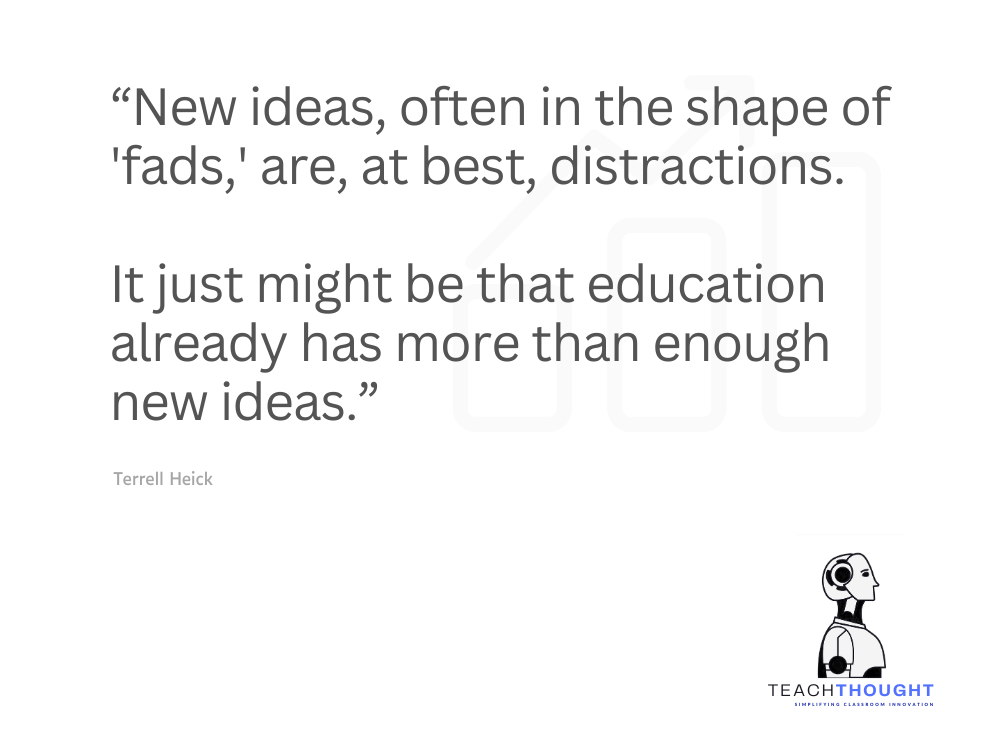
New ideas, often in the shape of ‘fads,’ are, at best, distractions. It just might be that education already has more than enough new ideas.
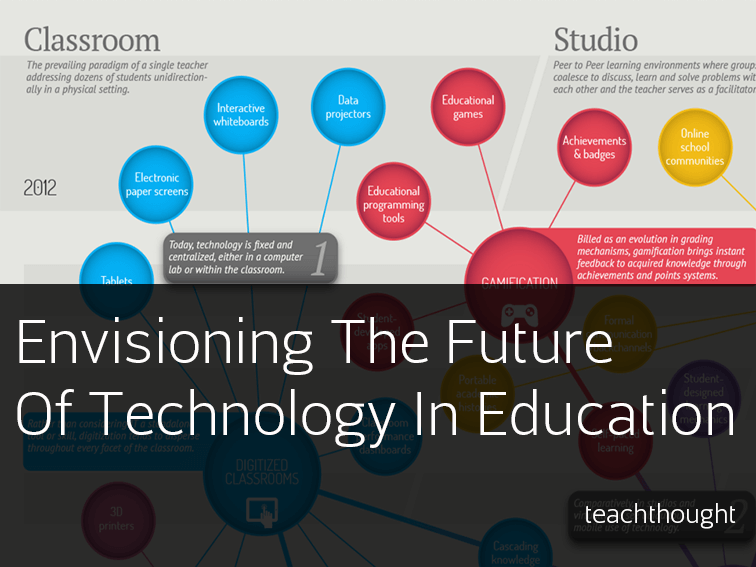
In this particular future of classroom technology, there are three distinct domains/learning spaces: Classroom, Studio, and Virtual.

If we truly want a better world, we can’t continue to mirror the worst parts of that world into our classrooms.
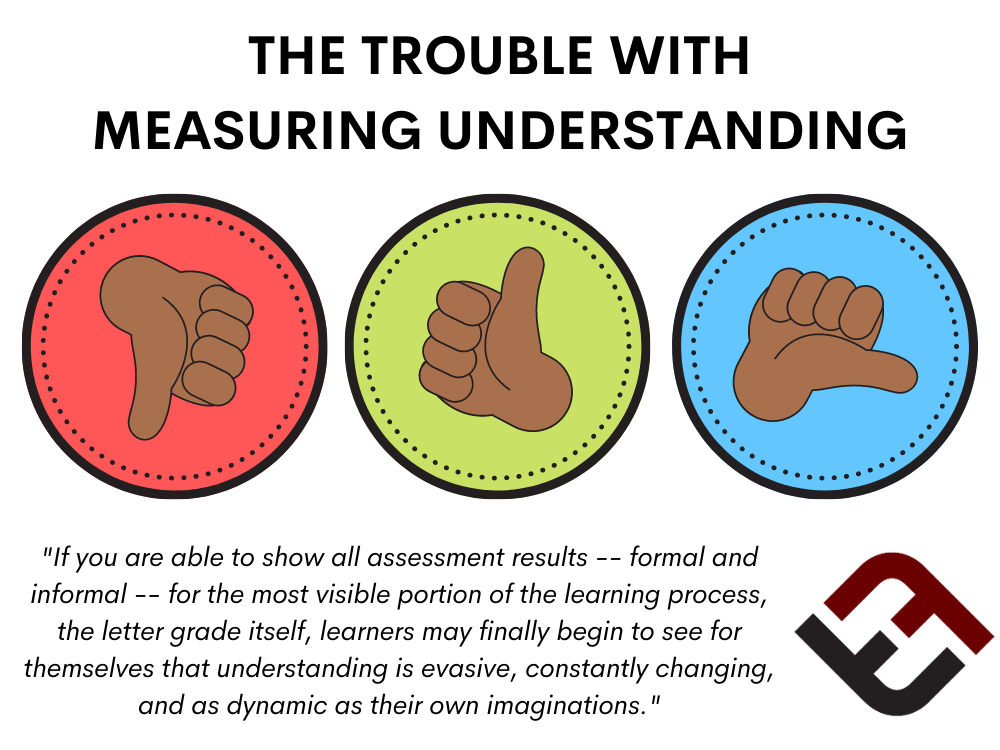
Measuring understanding might be the most complex thing teachers do. Unfortunately, PD gives little attention to making quality assessments.
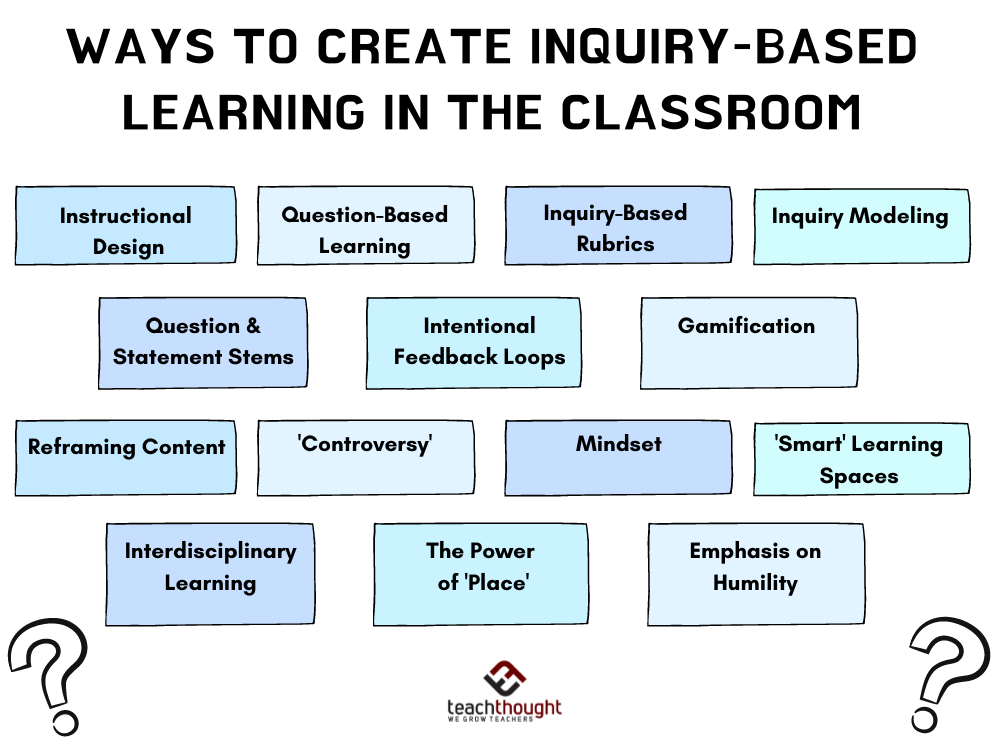
One obvious way to promote inquiry learning in your classroom is to design lessons and units that benefit from, promote, or require it.
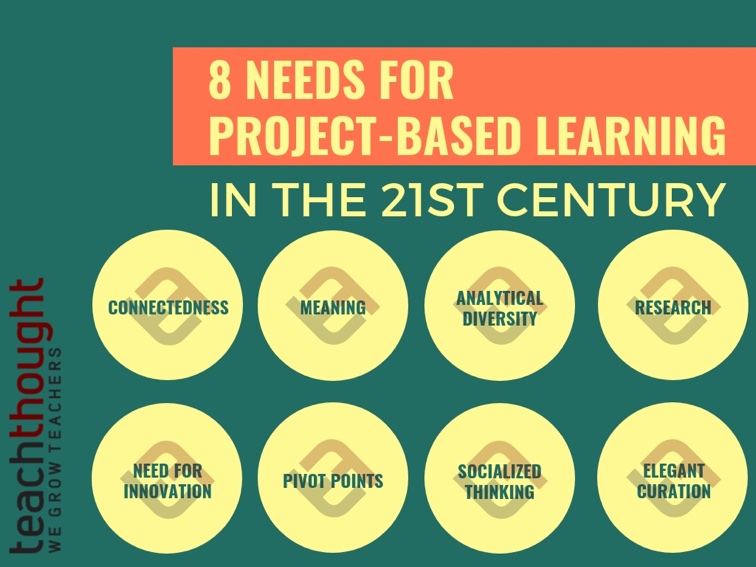
Project-based learning needs in the 21st century include socialization, elegant curation, research, pivot points, and other considerations.
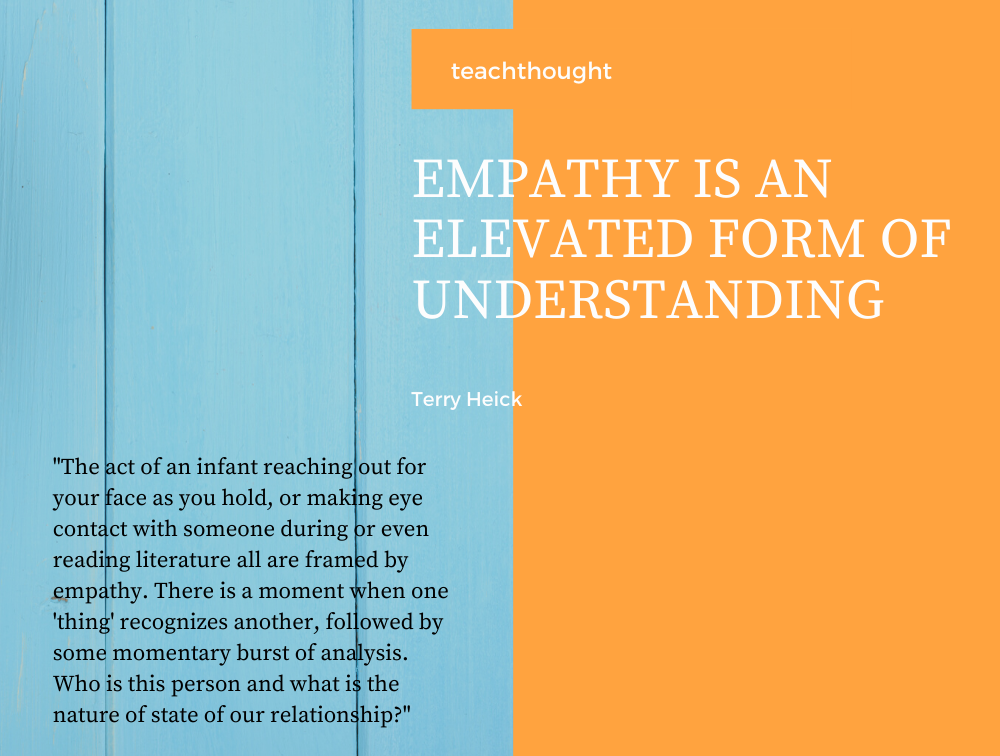
The relationship between learning goals & empathy may be unclear. What and why we choose to study are deeply human pursuits.
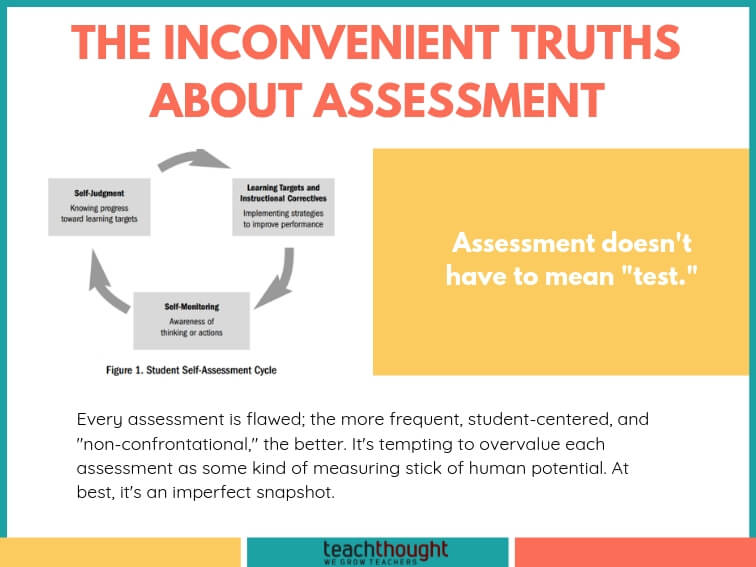
It’s an extraordinary amount of work to design precise and personalized assessments that illuminate pathways forward for individual students.

Shifts to create the classroom of the future include a shift from academic standards to learning networks and single modalities to blended.

Integrating technology into teaching and learning is like adding electricity to architectural design: embedded from the beginning.

State and national level resources for the teachers and parents of gifted and talented students inside and outside of the classroom.

Berry’s most acute criticism on higher education is his essay ‘The Loss Of The University’ whose title alone implies enough.

Teaching through PBL can benefit greatly from planning ahead. Here are 25 questions to guide teaching with project-based learning.
Disruption in general is about unsettling, often thought of in terms of chaos. Disruptive collaboration is working together to force change.